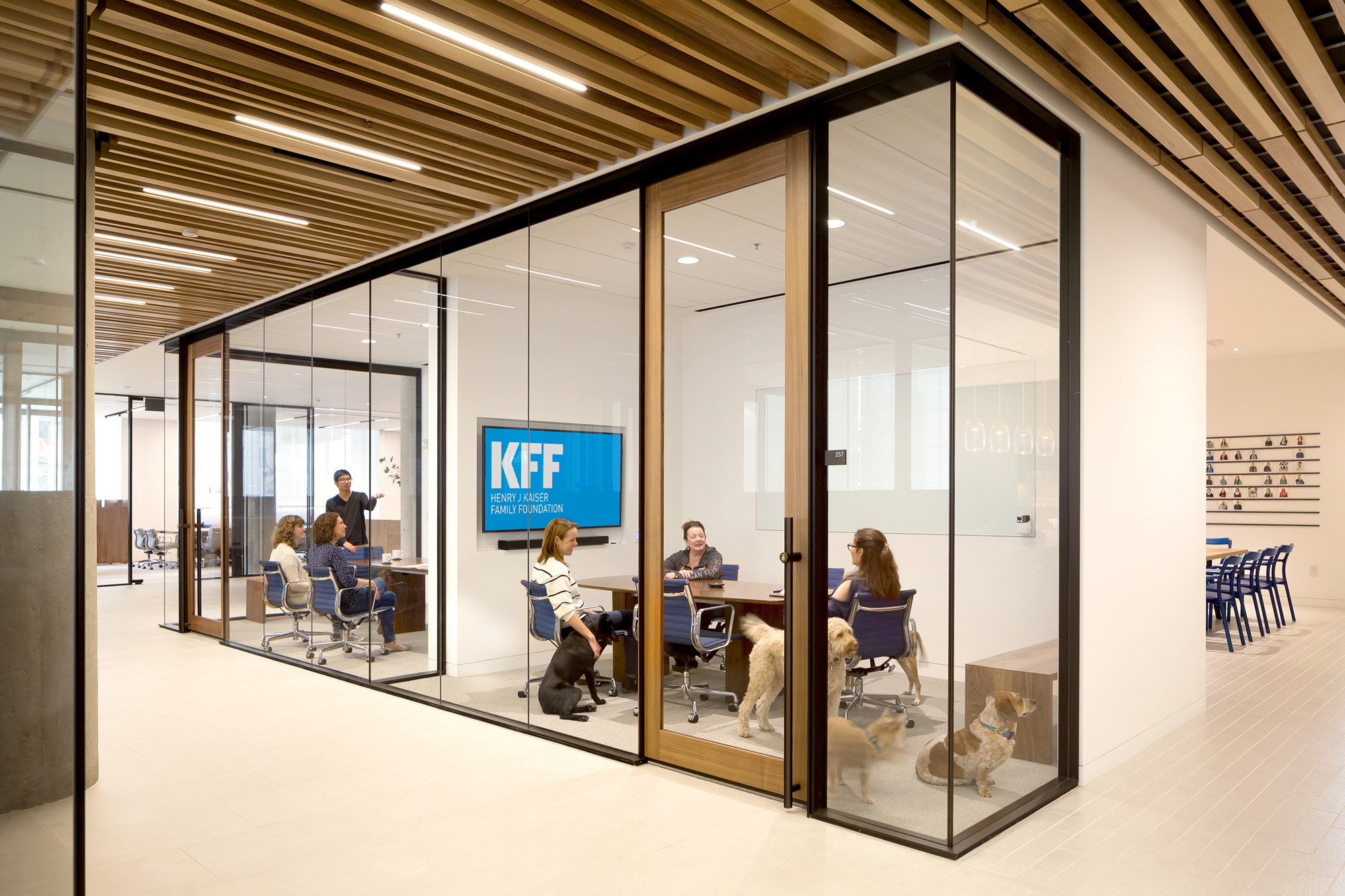How can we make meetings more effective?
Meetings can be a good tool for planning, developing strategies, solving problems and making and evaluating decisions. However, when run ineffectively, meetings can waste time and lead to frustration. This can easily happen in construction projects with influential stakeholders who are focused primarily on their own interests. What follows are some suggestions for making your meetings more effective and an important tool of construction project success.
Preparation is Key
Advance preparation is key to a successful meeting. A well-prepared meeting brings clarity of purpose, as well as time efficiency. Whether it is a high-level project board meeting, a detailed design review meeting or a reoccurring project team meeting, hosts need to be prepared to lead and attendees need to be prepared to effectually participate.
- Determine if you really need a meeting. In most cases, people do not need to attend a meeting just to get information that can be shared by email or shared workspaces.
- Invite the right people to the meeting. Having decision makers and team members with important insights and perspectives attend will make the meeting’s decisions more timely and the outcomes more effective.
- Create an agenda, include any information that should be reviewed ahead of the meeting, and provide it with enough lead time for participants to review and prepare their input. Ensure that everyone understands where their input will be sought. Design documents can be complicated to read, especially if you are not familiar with them. Give attendees time to digest important information in advance.
- Make sure every meeting has a clear purpose and that everyone is aware of the purpose.
- If a meeting can be a 10- to 15-minute huddle, don’t schedule 30 minutes.
Well-Run Meetings Inspire Action
In order for meetings to be effective, they need to be well run. A disorganized meeting host can undermine a process. Team members who are disrespectful toward one another can disrupt project flow and crush communication.
- Set up ground rules. If it is a recurring meeting, it can be helpful to establish a code of conduct, such as always starting meetings on time and prohibiting the use of phones or laptops.
- Stick to the agenda and stay on topic. Side discussions can be held after the meeting. Not everyone in the meeting needs to participate in a discussion about the colors of the walls. If a new nonessential topic comes up or a more detailed side discussion will be necessary, ask the involved individuals to take the discussion offline.
- Make sure everyone gets a chance to speak. As a facilitator, it is your responsibility to solicit the input of those in the room who may be shy, as well as politely cutting off those who monopolize the conversation.
- Document the meeting and its outcomes. Create detailed action items to track next steps and follow up tasks. Make sure that each item description is specific and includes an owner and a deadline.
- Build trust and be inclusive to get creative ideas and solutions. Construction projects depend on many detailed solutions that need to be planned and executed. Changes are inevitable and diversity of opinions can lead to better solutions. Keep the meeting positive. Make participants feel comfortable sharing ideas to solve problems in the best way.
Making Meetings Matter
It’s not enough to conduct a great meeting. The whole point of a meeting is to move your project forward in some way. To this end, the follow up after the meeting is where the rubber hits the road.
- Send the meeting notes, with action items, to all participants and everyone else on the distribution list as soon after the meeting as you are able.
- Check in with team members to ensure they are moving their action items forward according to schedule.
- Encourage feedback about how the meeting went. Did team members get to express what they needed to? Do any of the meeting ground rules need to change? Ask individuals for areas of improvement, as well as what went well during the meeting.
In some cases, the traditional meeting structure does not fit the purpose. Agile and lean practices promote daily stand-up meetings (also known as morning roll call, daily scrum, and daily huddle). The objective of these meetings is to provide status updates regarding what each team member has done since the last meeting, what they are going to do until the next meeting and to flag any obstacles to completing the tasks at hand. These types of meetings are very short and not intended for deep discussions.
By using the right style of meeting and making good use of team members’ time, we can reduce miscommunications, ensure work progresses according to plan, and work proactively with any potential issues before they become costly problems.


